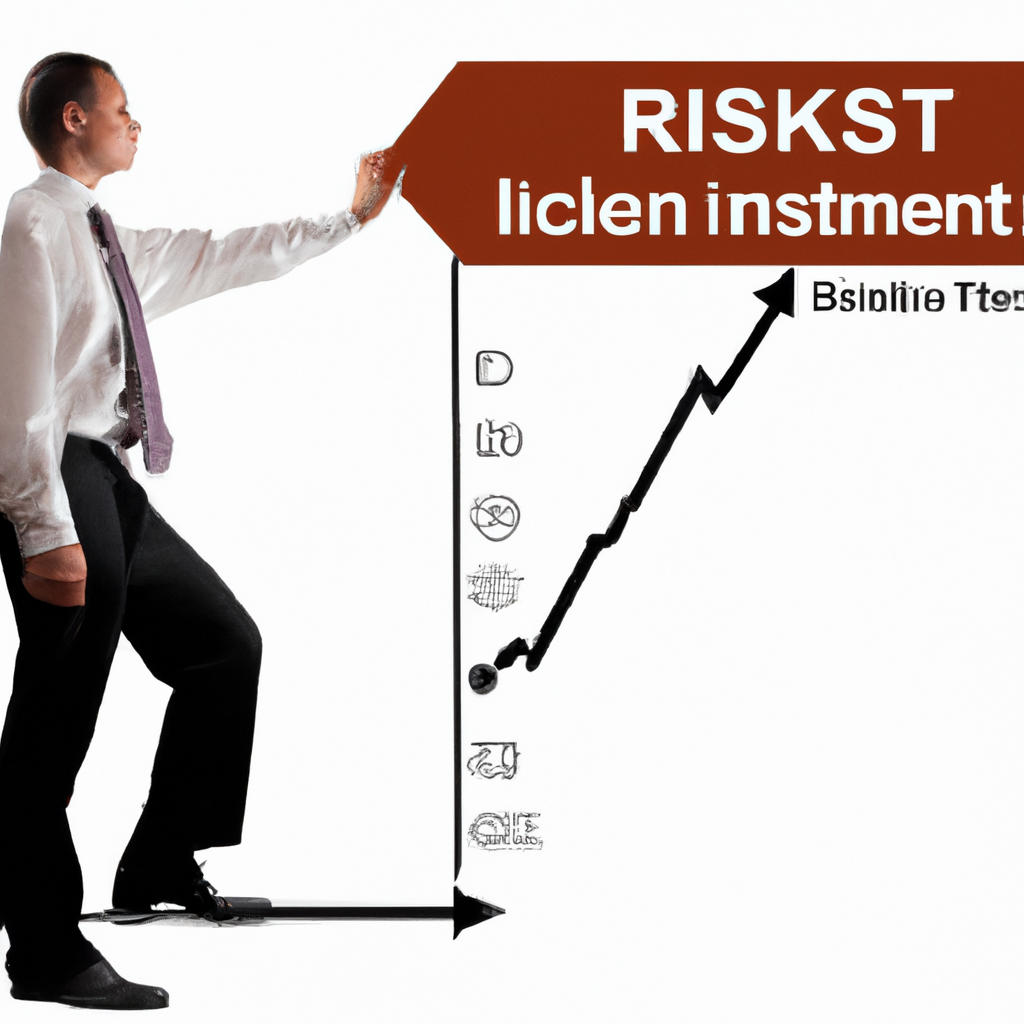How to Manage Investment Risk
Understanding Investment Risk
Investing always involves some level of risk. Understanding the different types of risks can help you make informed decisions when it comes to managing your investments.
Types of Investment Risks
- Market Risk
- Interest Rate Risk
- Inflation Risk
- Credit Risk
- Liquidity Risk
Diversify Your Portfolio
One of the most effective ways to manage investment risk is to diversify your portfolio. By spreading your investments across different asset classes, industries, and geographic regions, you can reduce the impact of any single investment underperforming.
Benefits of Diversification
- Minimizes the impact of market fluctuations
- Reduces the risk of losing all your investments
- Improves long-term returns
Set Realistic Investment Goals
Before making any investment decisions, it’s important to set realistic goals based on your risk tolerance, time horizon, and financial objectives. This will help you align your investments with your overall financial plan.
Factors to Consider when Setting Goals
- Risk tolerance
- Time horizon
- Financial objectives
Monitor Your Investments Regularly
Regularly monitoring your investments can help you stay informed about market trends, economic conditions, and changes in your portfolio’s performance. This will allow you to make timely adjustments to manage risk effectively.
Key Metrics to Monitor
- Asset allocation
- Portfolio performance
- Market trends
- Economic indicators
Seek Professional Advice
If you’re unsure about how to manage investment risk or need help developing a comprehensive investment strategy, consider seeking advice from a financial advisor. A professional can provide personalized guidance based on your individual financial situation.
Benefits of Working with a Financial Advisor
- Expertise in investment management
- Customized investment solutions
- Objective advice based on your financial goals


